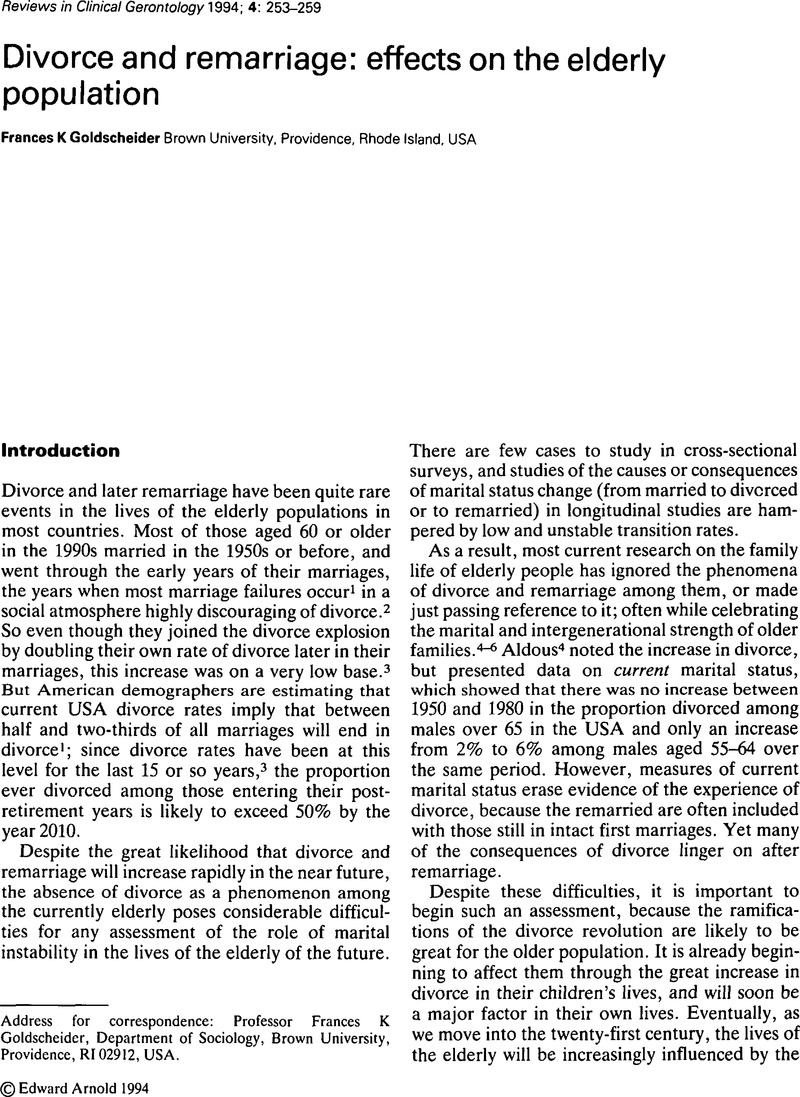Crossref Citations
This article has been cited by the following publications. This list is generated based on data provided by Crossref.
Yabiku, Scott T.
2000.
Family history and pensions: The relationships between marriage, divorce, children, and private pension coverage.
Journal of Aging Studies,
Vol. 14,
Issue. 3,
p.
293.
Kwan, Christine Man Lai
Love, Gayle Dienberg
Ryff, Carol D.
and
Essex, Marilyn J.
2003.
The role of self-enhancing evaluations in a successful life transition..
Psychology and Aging,
Vol. 18,
Issue. 1,
p.
3.
Evandrou, Maria
and
Falkingham, Jane
2007.
Modelling our Future - Population Ageing, Health and Aged Care.
Vol. 16,
Issue. ,
p.
59.
Rodriguez, Norma
Mira, Consuelo Bingham
Paez, Nancy Denise
and
Myers, Hector F.
2007.
Exploring the Complexities of Familism and Acculturation: Central Constructs for People of Mexican Origin.
American Journal of Community Psychology,
Vol. 39,
Issue. 1-2,
p.
61.
Grundy, Emily
2007.
Ages, Generations and the Social Contract.
p.
209.
Grundy, Emily
2010.
Aging in Advanced Industrial States.
p.
197.
Osmani, Nasrin
Matlabi, Hossein
and
Rezaei, Mehdi
2018.
Barriers to Remarriage Among Older People: Viewpoints of Widows and Widowers.
Journal of Divorce & Remarriage,
Vol. 59,
Issue. 1,
p.
51.
Coume, M.
Toure, E.M.
Ba, M.
and
Diop, C.T.
2021.
Dépression du sujet âgé au Sénégal : déterminants actuels et particularités de la prise en charge.
NPG Neurologie - Psychiatrie - Gériatrie,
Hu, Yi
Wang, Zhenyu
and
Wu, Liqun
2023.
Multidimensional health heterogeneity of Chinese older adults and its determinants.
SSM - Population Health,
Vol. 24,
Issue. ,
p.
101547.





